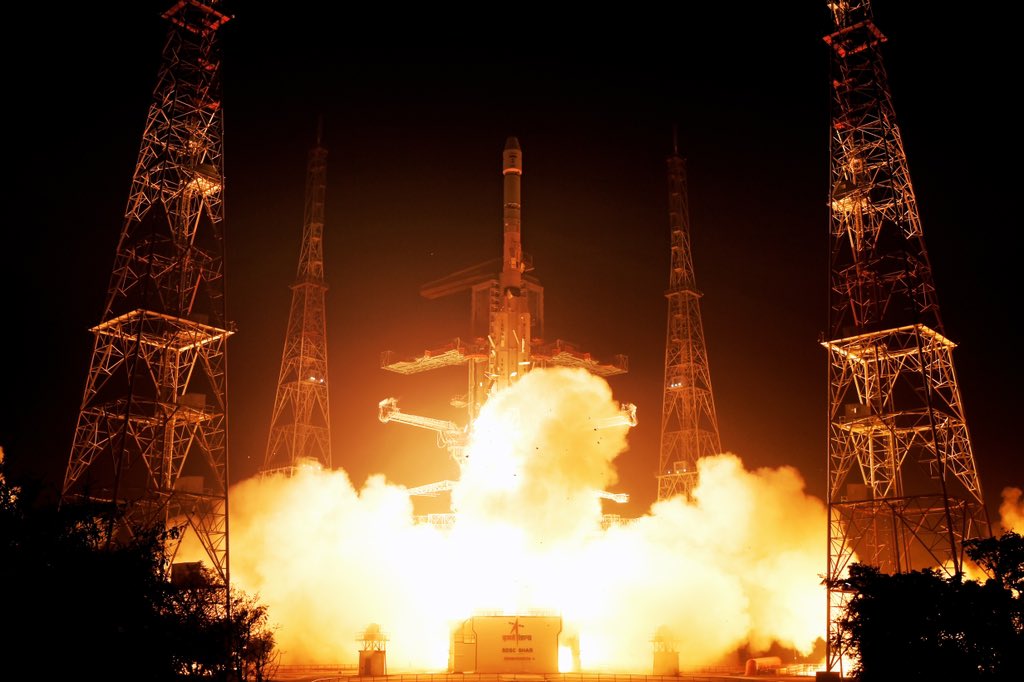Bengaluru: Days after celebrating its 100th successful launch, the Indian Space Research Organisation said Sunday that a technical glitch has stalled the orbit raising manoeuvres of its NVS-02 navigation satellite, which was launched aboard GSLV-F15 January 29.
In a statement, ISRO said that while the satellite’s solar panels deployed successfully and power generation remains normal, a failure in the oxidizer valve operation has prevented further orbital adjustments.
“Following the launch, the solar panels on board the satellite deployed successfully, and communication with the ground station was established. However, the orbit raising operations could not proceed as the valves for admitting the oxidizer to fire the thrusters did not open,” ISRO said.
Satellite fails to fire; ISRO exploring alternative plans
ISRO sources said the satellite failed to fire its thrusters after reaching orbit. Despite the issue, the space agency assured that all systems remain healthy and that scientists are now working on an alternate mission strategy to use NVS-02 for navigation in its current elliptical orbit.
“The satellite is currently in an elliptical orbit, and the Master Control Facility is assessing how to proceed,” an ISRO official said.
Another official said ISRO is continuing with the intended satellite activities, though adjustments will be necessary.
Speculation over satellite’s position
The absence of reported orbit-raising manoeuvres since launch had already fueled speculation about technical problems.
Sunday, Bluesky, an open-source space tracking app by S2A Systems, noted that NVS-02 remained in approximately the same position as January 29.
“Apparently, nothing new from NVS-02 either. Here, recorded over South America February 2, 01:55:44 UTC at ~31,200 km altitude,” Bluesky reported.
Data from the tracking app indicated that ISRO had yet to fire the onboard engines to place the satellite in its intended geostationary slot at 111.75 degrees east over India. Similar readings were reported January 31 over the Indian Ocean from a tracking station in Australia.
Intended and actual orbit
NVS-02 was designed for an elliptical orbit with an apogee (farthest point) of 37,500 km and a perigee (nearest point) of 170 km. The GSLV-F15 launch placed the satellite with high accuracy, deviating by only 74 km at apogee and 0.5 km at perigee from the planned trajectory.
The satellite is part of ISRO’s Navigation with Indian Constellation (NavIC) project, an independent regional navigation system designed to provide accurate position, velocity, and timing services in India and up to 1,500 km beyond the Indian landmass.
PNN & Agencies
